It is obvious that houses did not have doors in ancient times! There used to be a passage in the house that served as an exit or entry point. Although doors were invented later, people were still carefree and slept at night with their doors open. Even today, if you go to a tribal or remote area, the houses almost never have a door. They have an entrance that is either covered in cloth or grass hay. There is still no concept of a ‘door’ there.
However, as time passed and everything evolved, houses were no exception. Slowly and gradually, they made progress in the process, and today, the concept of “home” has completely changed. Nowadays,’ security’ is a major concern. It is a major concern, particularly in urban areas. As a result, technology has stepped in, and for security reasons, we now have doors that can only be opened with their passwords.
Because there is always a fear of theft and burglary in big cities, it is equally important for the doors to be strong enough not to be easily broken or opened. However, aside from security, safety, and privacy, there is an aspect of art and décor associated with it since the concept of doors was adopted by homes. It now governs the majority of the decision, as the other factors are bound to be present and common with all types of doors.
This article discusses the various types of doors based on their location, the material used in their manufacture, the operation of the door shutter, the method of construction, the arrangement of door components, and so on.
Doors are classified into various types based on their classification.
There are various types of doors available on the market, such as flush doors, panel doors, glass doors, PVC doors, and so on. In general, doors are classified as follows:
(A) Based on Location
- Exterior Doors
- Interior Doors
(B) Materials-Based
- Timber or Wooden Doors
- Sliding Glass Doors
- Steel Doors
- PVC Doors
- Fiberglass Entry Doors
- Doors with Aluminum Glazing
- Fiber Reinforced Plastic/FRP Doors
(C) Based on Door Shutter Operation
- Folding Doors
- Sliding Doors
- Doors that Swing
- Revolving Doors
- Rolling Shutter Doors
- Folding Doors
- Pivot Doors
(D) Based on the Construction Method
- Panel Doors
- flush doors
- Louvered Doors
- Wire Gauzed Doors
(E) Based on Door Component Arrangement
- Battened and Ledged Doors
- Battened, Ledged, and Framed Doors
- Doors that are battened, ledged, framed and braced
(A) Door Types Based on Location
* External Doors
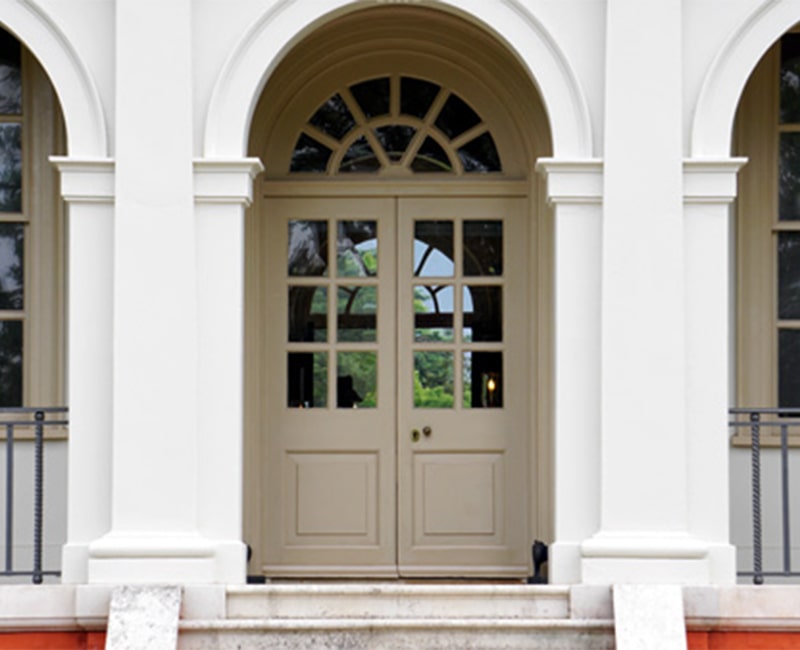
The importance of a home’s exterior or front doors cannot be overstated. Exterior doors allow access to and exit from home while also providing security. According to ‘R. Chudley (Author of Construction Technology Volume-1), these doors must be weather resistant because they are exposed to a variety of climatic conditions. The exterior doors are provided with adequate thickness, stability, and durability of construction. The exterior doors are painted and polished to protect them. They are typically constructed of steel or wood. They are well-designed to accept various types of locks.
*Internal Doors
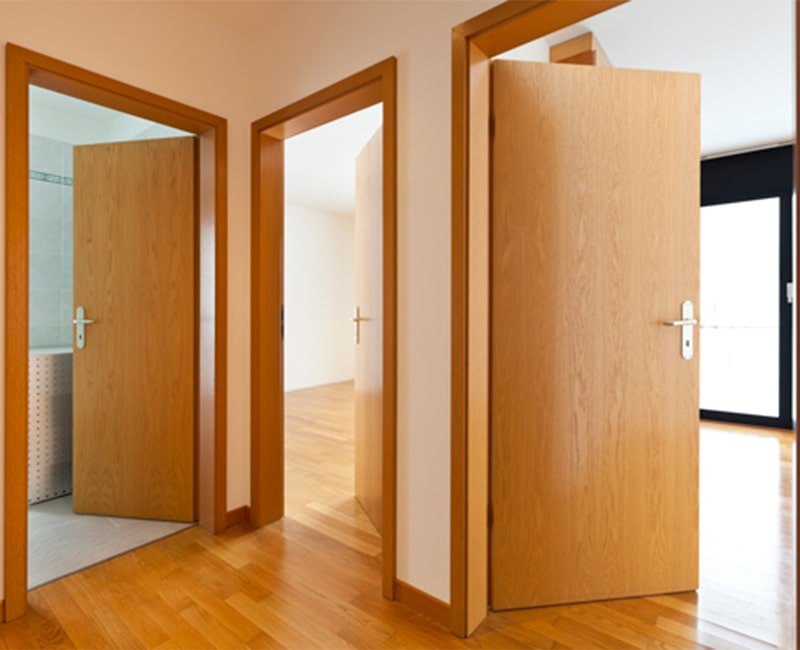
Interior doors serve more functions than simply separating rooms and providing privacy. Interior doors are typically thinner than exterior doors and come in a variety of styles. They come in a variety of materials. They are not subjected to weather extremes.
(B) Material-Specific Door Types
Knowing the materials available for various types of doors can help you make a better decision for your home’s doors. Wood, steel, aluminum, glass, PVC, and other materials are used to make the doors. Doors are classified in the following ways based on the material used in their construction:
*Timber or Wooden Door
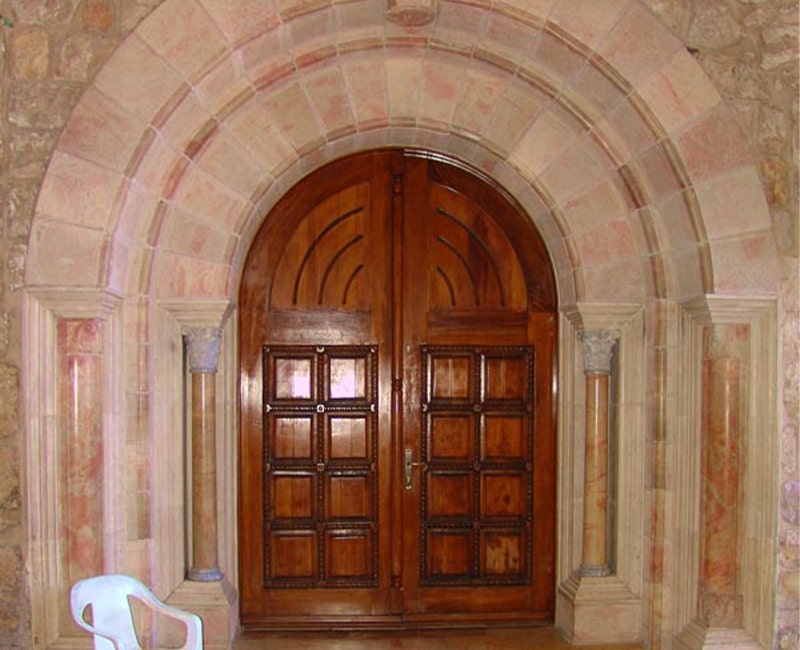
Wooden doors, also known as timber doors, are commonly used for interior door applications. Timber is the oldest material used for doors, and it never seems to go out of style. There are numerous advantages to using wood, including soundproofing, insulation, and security. They are simple to install and maintain. They have a long lifespan. They have a distinct appeal because they are made of natural materials. They do appear to be elegant. They are very expensive.
*Doors Made of Glass
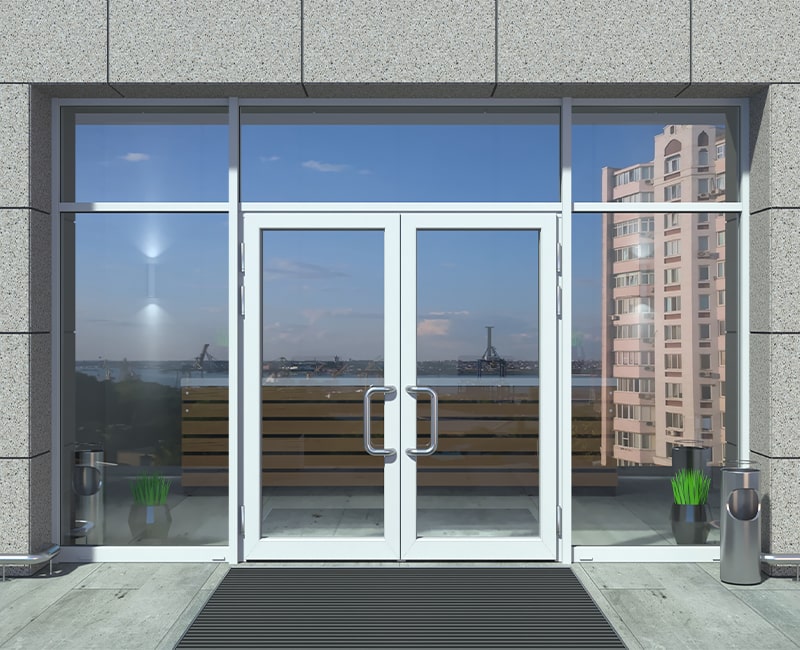
*Doors made of steel
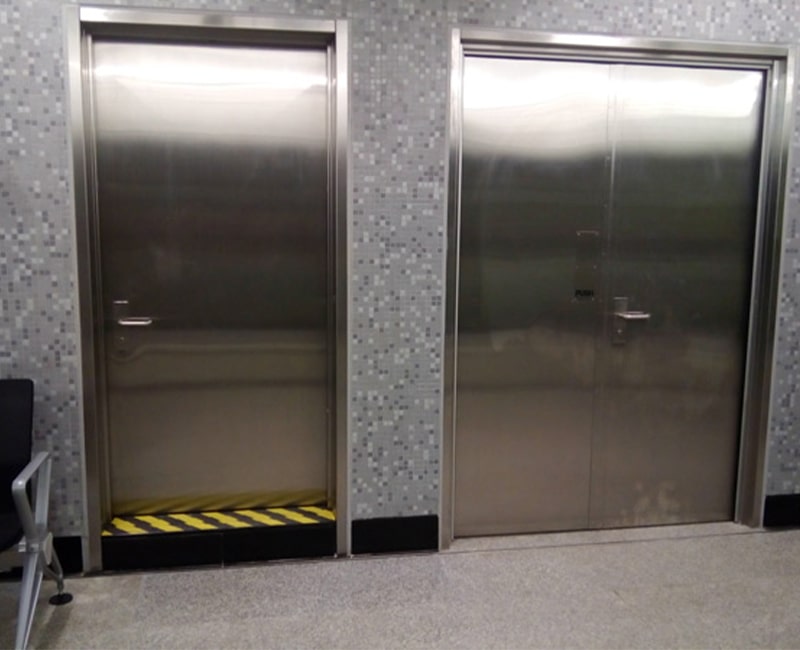
*Doors Made of PVC
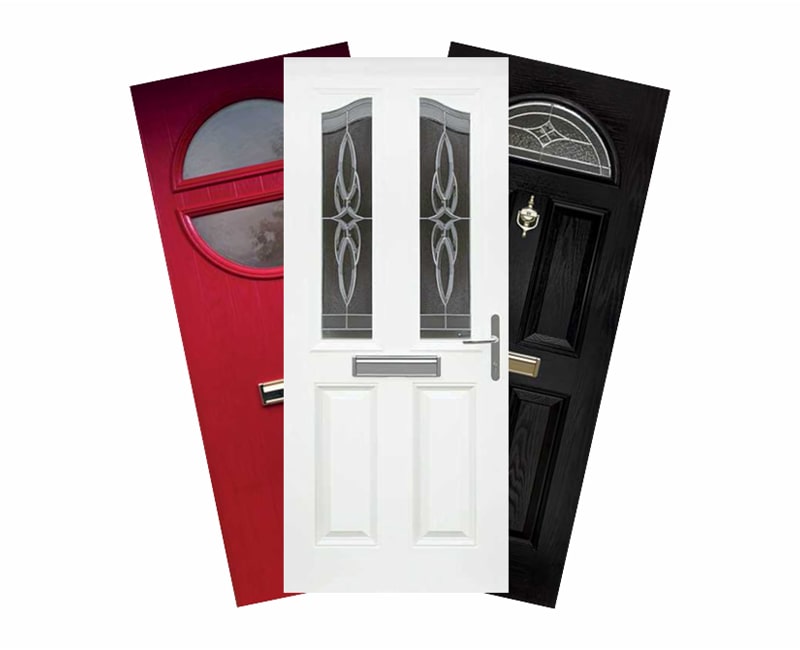
PVC doors are lightweight and simple to install. They are beautiful and come in a variety of designs and colors. These doors do not corrode and require little maintenance. However, they are not scratch resistant.
*Doors Made of Fiberglass
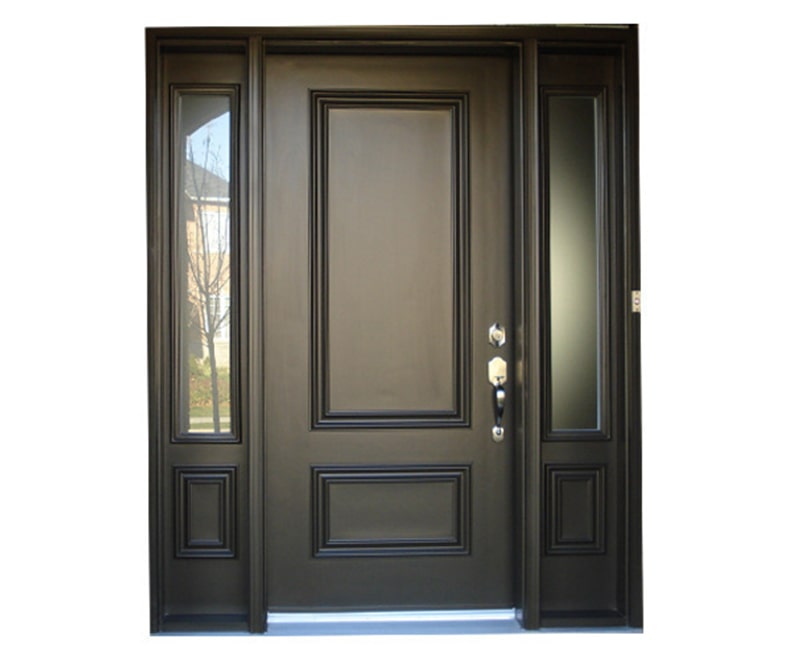
*Doors with Aluminum Glazing
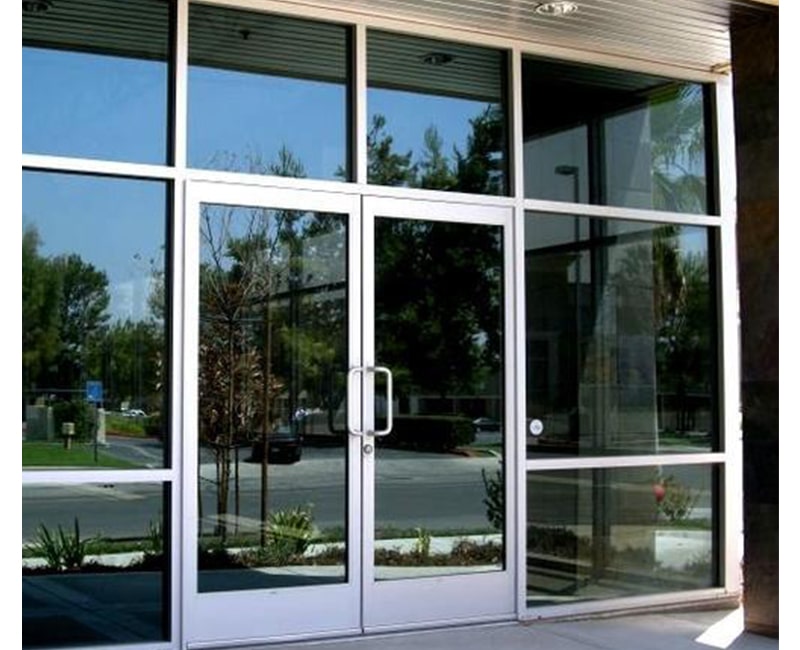
In commercial applications, aluminum doors with glass panels are most commonly used. They are strong and long lasting, making them ideal for use as a security door. However, with the full aluminum panel, their appearance may not be as noticeable as others.
*Fiber Reinforced Plastic (FRP) Doors
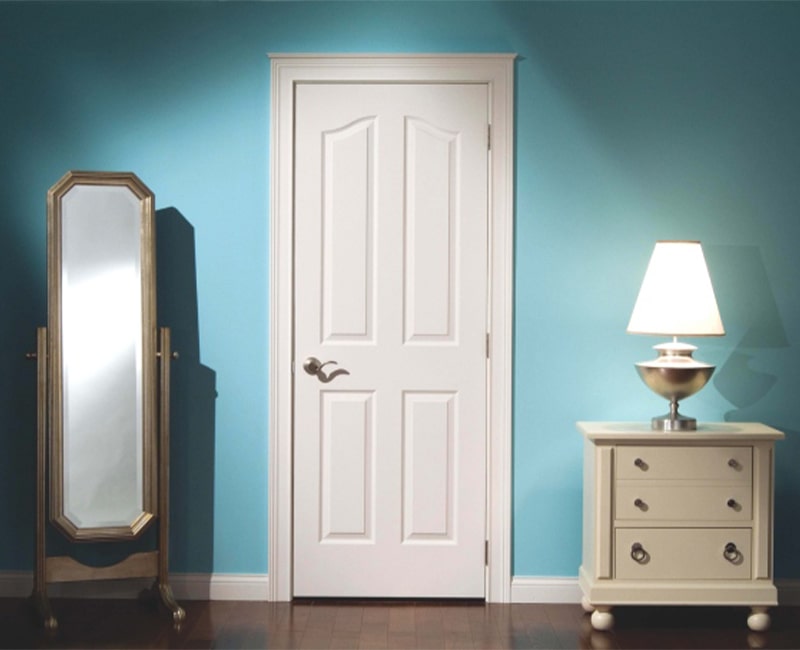
FRP Doors are another name for Fiber Reinforced Plastics Doors. On the market, it is available in a variety of colors and finishes. Fiber reinforced plastic doors have numerous advantages, including increased strength, low maintenance, all-weather resistance, ease of fabrication, lightweight, and corrosion resistance.
(C) Door Types Based on Door Shutter Operation
*Doors That Fold
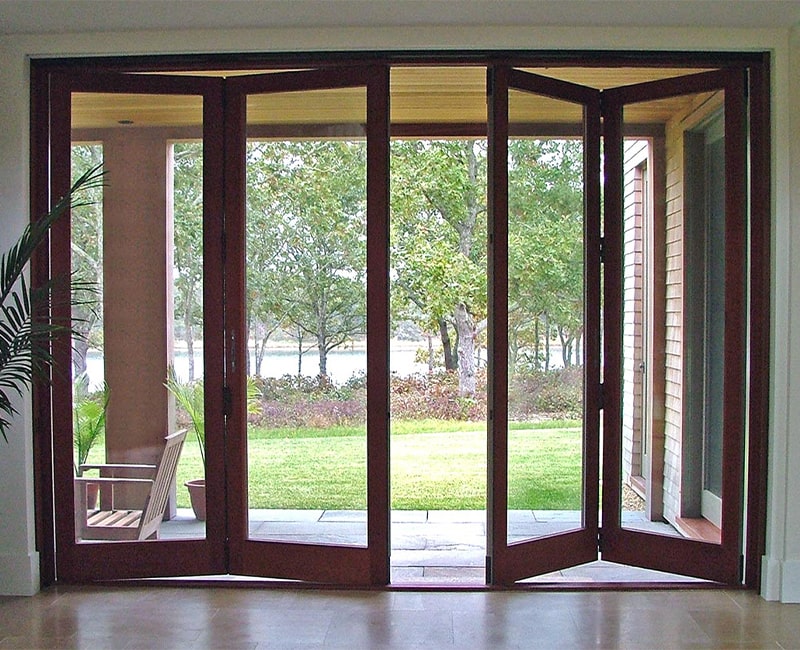
*Sliding Glass Doors
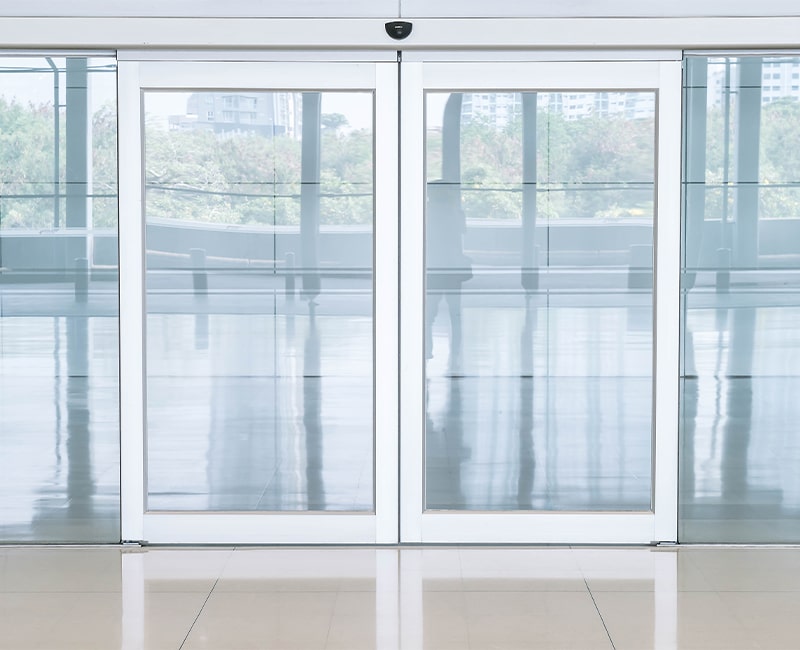
The sliding doors are made of steel, wood, and glass shutters with steel rollers. These steel rollers move along a track at the top and bottom of the frame. It has one or more sliding shutters depending on the size of the opening. Sliding steel and wood doors were commonly used in the past for large openings in godowns, workshops, garages, and so on.
Sliding doors are commonly used in offices and other congested areas because they save space and increase user efficiency.
*Doors that Swing
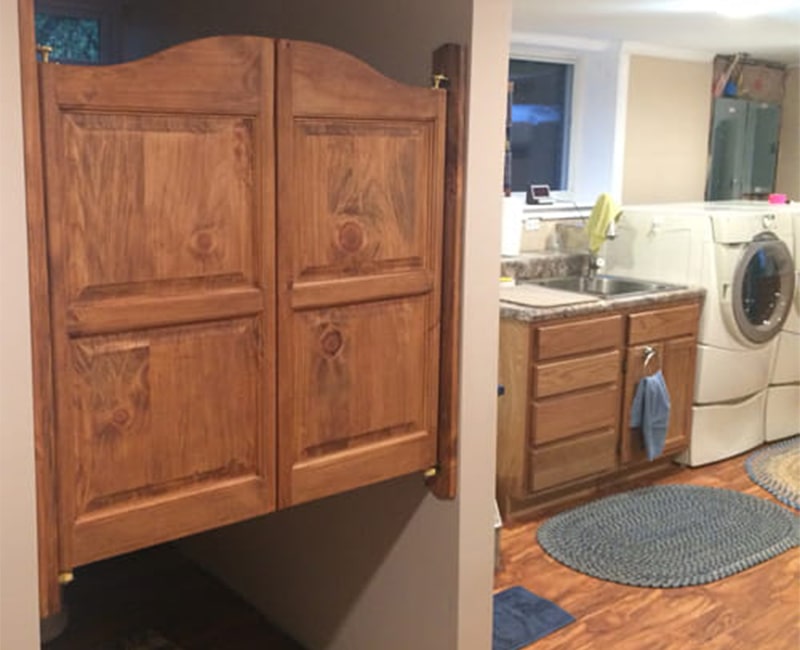
There are two types of swinging doors: single-acting doors that can swing 90° or more in only one direction, and double-acting doors that can swing 90° or more in both directions. Swinging doors are commonly found in offices.
*Rotating Doors
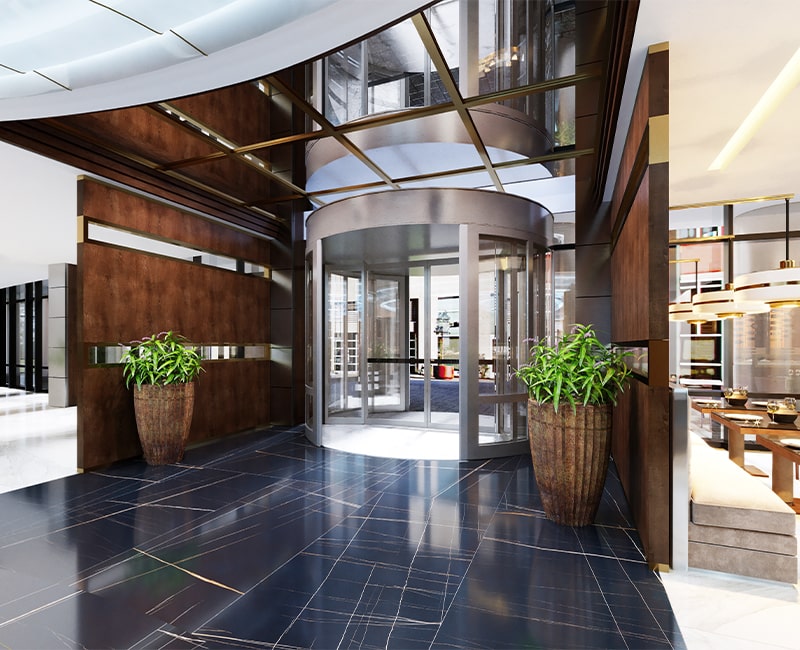
Revolving doors are commonly used to regulate entry in high-traffic areas such as high-rise buildings, public buildings, hospitals, and so on.
*Doors with Rolling Shutters
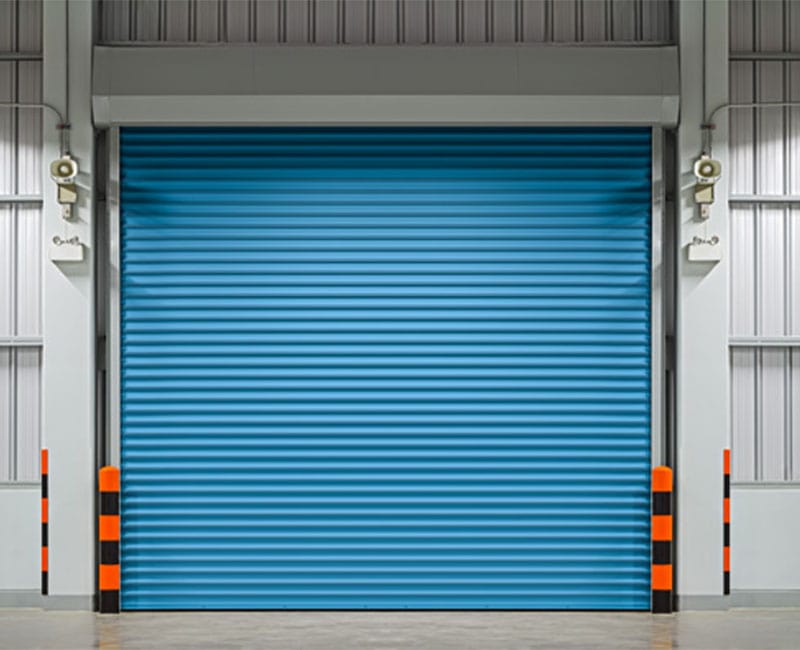
*Collapsible Doors
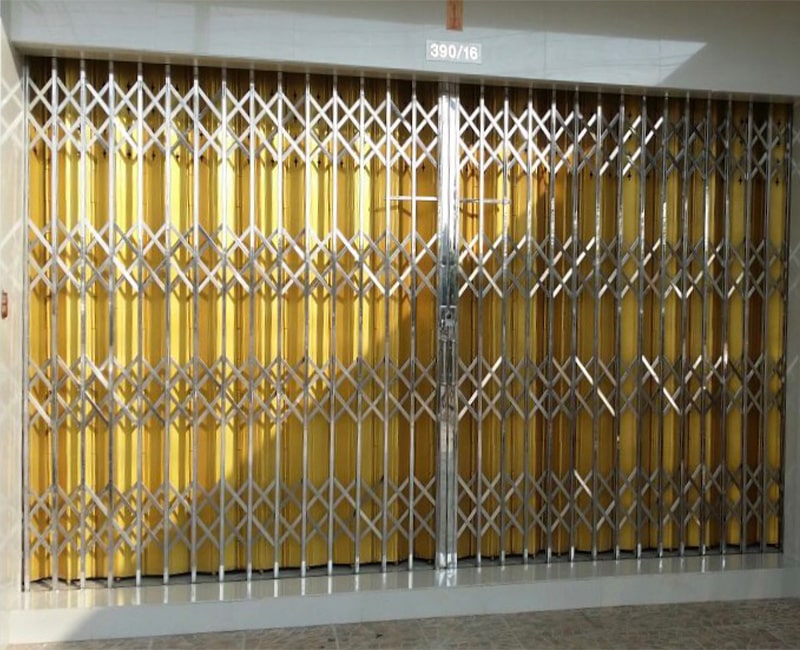
Collapsible doors are made of mild steel flats or channels and can be opened and closed with a gentle pull or push. The arrangement of collapsible doors is designed so that when you open the door, all of the strips are folded together, and when you close the door, the strips are stretched. They take up the least amount of space and thus are preferable. Collapsible doors are used for the main entrances of residential buildings, shops, godowns, and cinema halls, among other things.
*Pivot Doors
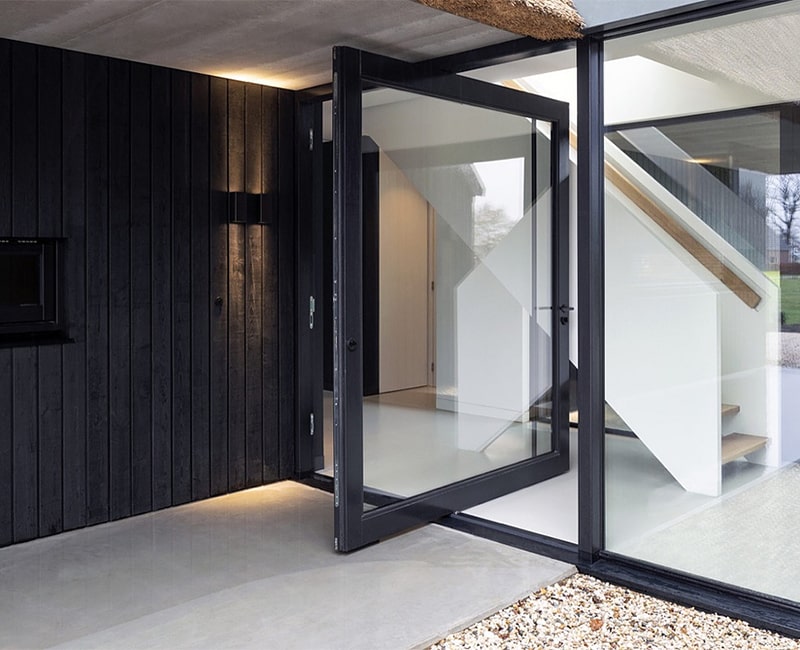
(D) Door Types Based on Construction Method
*Panel Door
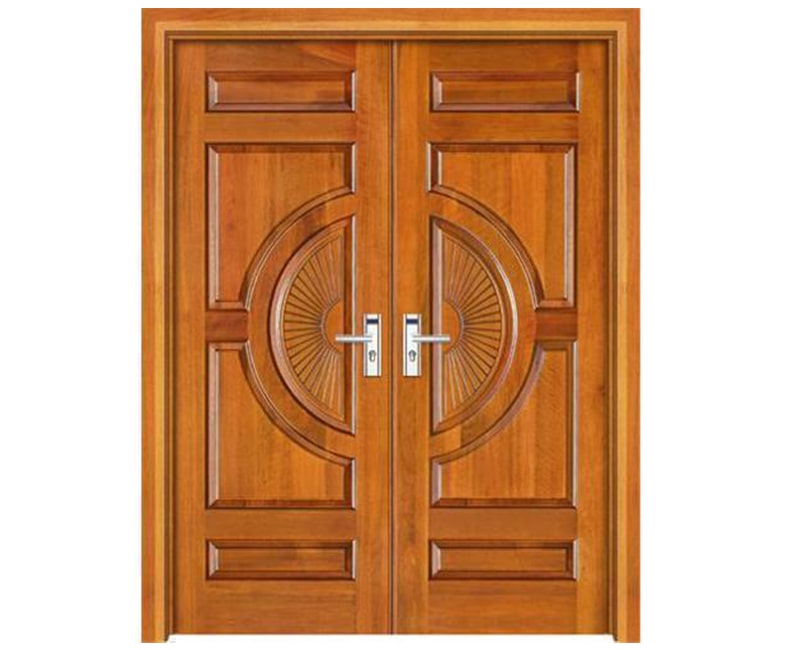
For a long time, panel doors have been the most commonly used interior doors. The British Standard specifies a wide range of panel doors with one, two, three, or four panels. The panel can be made of plywood, blockboard, veneer, glass, or wood, among other materials. They are one of the most powerful doors. They provide a variety of designs but are labor intensive and require a skilled workforce.
*Flush Doors
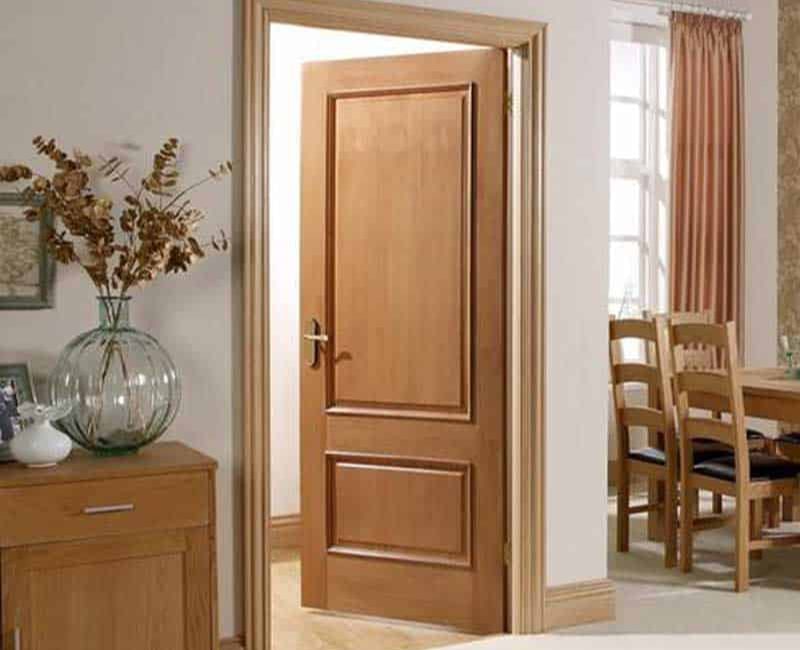
Because of their attractive appearance and simple construction, flush doors are now the most common type used in homes and public buildings. Both sides of these doors have a joint surface. They are simple to clean and decorate due to their plain face. Flush doors are also stronger, more durable, and less expensive than panel doors. They look beautiful and appealing with a variety of laminates and veneers that resemble natural wood, and they are available in a wide range of options.
* Louvered Doors
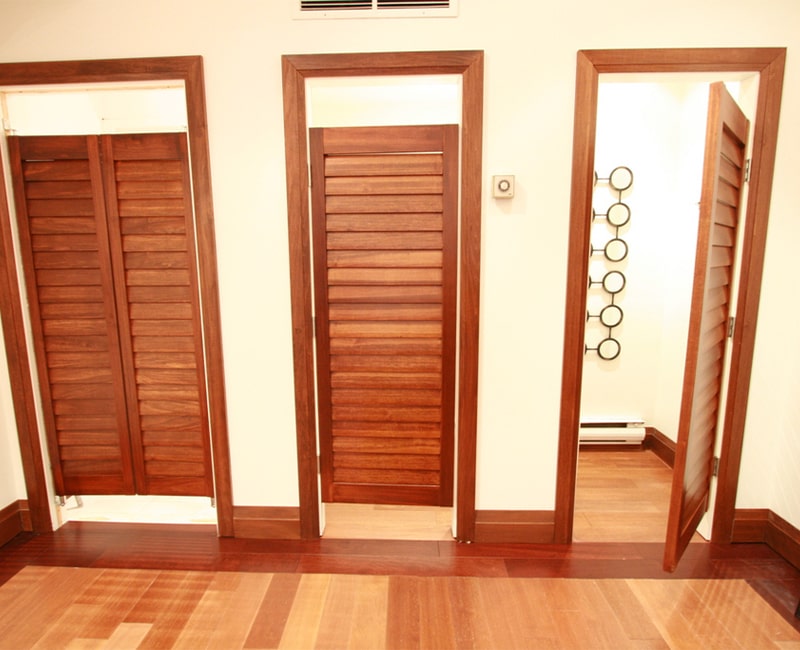
The louvered door is an ancient type of door. The main benefits of this door are that even when closed, it allows light and air into the room while maintaining privacy.
When privacy, natural ventilation, and tranquillity for rest are desired, louvered doors are used. Louvers are made of glass, wood, or plywood. They are difficult to create.
* Wire Gauzed Doors

Wire-gauzed doors are commonly used in the home to prevent insects and mosquitoes from entering. These doors are installed in kitchens, canteens, food storage cupboards, refreshment rooms, hotels, and sweet shops, among other places, to allow light in while preventing mosquitos and other insects from entering.
Conclusion
Nowadays, the most common types of doors used in the home are flush doors, panel doors, and glass doors. The doors are crucial in anchoring the safety of the house as well as protecting your health. Doors are considered the face of any house; therefore, they must be given the same importance as all other elements that beautify a house. And, of course, its attractive appearance will always put you in a good mood. Information about the different types of doors will help you choose the right door for your home, office, workshop, shop, or any other commercial building.
To summarise, we can say that the selection of doors is ultimately determined by the following factors:
- It must perform the desired function.
- Protect your privacy, safety, and security.
- Simple to make and use
- Aesthetic appearance and look
- Future repairs and upkeep
- Budget
- Life in the future
- Fire resistance, insulation properties, and so on.
